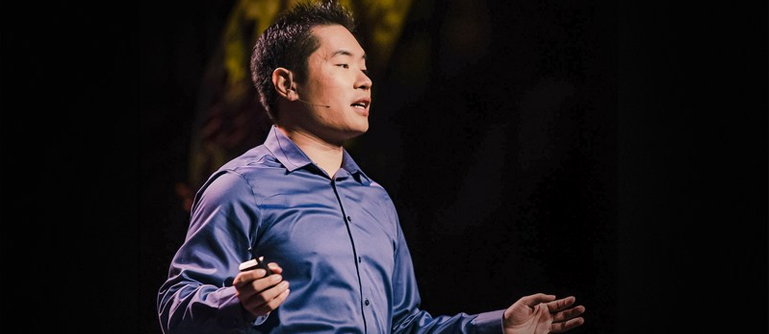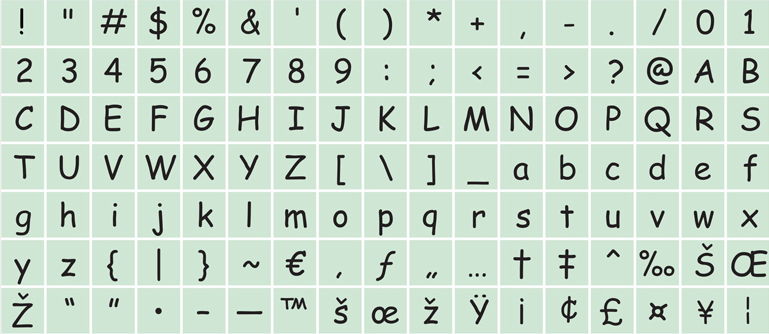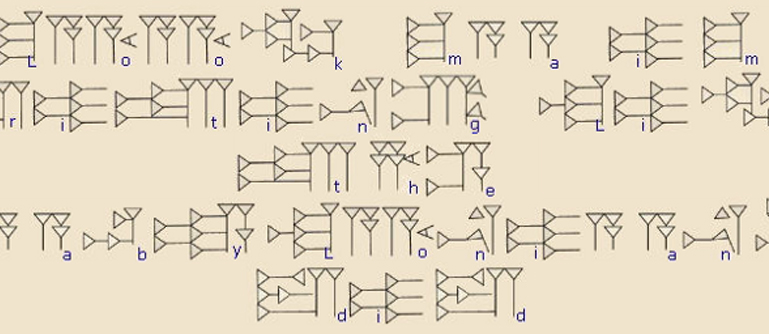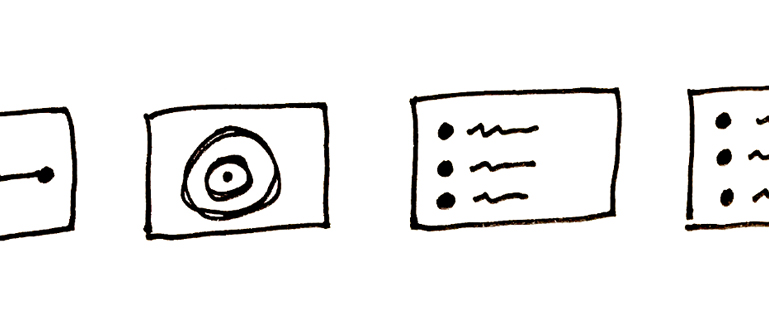- |
- |

March may be at an end, but the year often feels like a marathon that’s just beginning. The race for progress requires the resilience of a long-distance runner, so Athalia and Mike have teamed up to relay eight articles and help you hit the ground running.
There’s something to suit every training regime and schedule: the importance of data in design, the therapy of rejection, and ‘brand sprints’. The aim is to get you to the starting line better informed and ready for any challenge ahead—it’s Super8 in March
1. The ROI of thanking your customers.

- Read the full article here.
- Written by: Emily Triplett Lentz.
- Contributor: Rainer Vogel.
Before you start training it’s important to set yourself up for success. Whether you’re forming a workout schedule or a communication strategy, you want to maximise your gain for the time you invest.
Try implementing a tactic that leaves your competitors in the dust.
Emily Triplett Lentz takes us through the ways in which sending a simple thank-you card can differentiate your business and help you outperform the competition.
2. Why chatbots fail.

- Read the full article here.
- Written by: Fabricio Teixeira.
- Contributor: Sarah El-Atm.
When training for a big race, what goes into your body often determines the quality of your output. The same can be said for the design of new programs and tech. Chatbots have been touted as the new website, the killer of apps and replacements for your (human) personal assistant. But despite their advancements, conversational UIs are falling short.
Their output is not delivering the seamless interaction they promise. But why? Fabricio Teixeira explains why bots aren’t going the distance, and where designers and brands are going wrong.
3. State of searcher behaviour revealed.

- Read the full article here.
- Written by: Rand Fishkin.
- Contributor: John-David Santiago.
Data is the information we use to inform decisions. It tells us how far the track is, the average finish-time, and what pace we’ll need to maintain to exceed this average. An overview of this information helps us understand the behaviour of our fellow runners, to know where we stand in the pack, and to set realistic targets for ourselves.
Rand Fishkin covers 23 search behavior statistics that will give you a broader understanding of how people use search engines, and the ways this can affect your search marketing efforts.
4. What I learnt from 100 days of rejection.

- Watch the full video here.
- Written by: Jia Jiang.
- Contributor: Athalia Foo.
To beat your personal best, you must continually challenge yourself. Finding new ways to overcome failure is all part of the process. In this TEDTalk, entrepreneur Jia Jiang preaches ‘no pain no gain’ when overcoming rejection.
Through his own brand of rejection therapy, Jiang asks a stranger for $100, borrows a dog from the Humane Society and exchanges training tips with a personal trainer. His experiments open doors for those who push past the shame of failure. Don’t be afraid of being knocked back—massage those sore spots and get back on the road to success.
5. Data Driven vs. Data Informed design.

- Read the full article here.
- Written by: Alastair Simpson.
- Contributor: Mike McCusker.
We’ve talked about the importance of data in assessing performance—but numbers can’t run the race for us. When it comes to race day, we rely on gut-feeling to go beyond what data can tell us. It takes a hybrid of information to know when to pick up the pace, and when to conserve energy.
Data should not paralyse any designer or remove their creative freedom. Good design comes from striking the right balance between data, empathy and intuition.
Similarly, Alastair Simpson suggests smart decisions are about more than numbers; good design involves a strong sense of empathy and a healthy dose of intuition.
6. Hating comic sans is ableist.

- Read the full article here.
- Written by: Lauren Hudgins.
- Contributor: Mark Davis.
Runners choose their routine with purpose. When planning for a big race, every practice session has a specific time and place. Choosing a font is no different. Getting the right combination can make all the difference for readers and runners alike.
It’s the font we love to hate and a place of common ground for designers and readers – is there a typeface more polarising than the infamous Comic Sans?
This comical typeface was created for a purpose more important than memes. Its unique form has made it the unexpected hero for a neurologically diverse group of people.
This article will shift your distaste for the font to a broader (and less elitist) understanding of its importance for those with dyslexia. Comic Sans may be an underdog, but we’re cheering for it all the same.
7. The sticky truth about the modern written language.

- Read the full article here.
- Written by: Mack Flavelle.
- Contributor: Elliott Grigg.
For many people, running is more than a hobby. It’s a form of expression that comes with its own meaning and shorthand. The runner’s vocabulary covers all aspects of training and performance—these unique instances of language intrigue us.
We’ve seen classic literature written in tweets, and were both tweens during the MSN Messenger boom, so the combination of tech and language is nothing new. But when an article compares WeChat stickers and Emojis to hieroglyphics—we had to learn more.
What some consider the devolution of language, Mark Flavelle considers an extension of our global languages through logographic writing systems—with a cuter and more colourful execution. Brush up on your vernacular and learn to tell complex and emotional stories, while crossing language barriers in the process.
8. The three-hour brand sprint.

- Read the full article here.
- Written by: Jake Knapp.
- Contributor: Rowan Barnes.
We’re nearly there. Time to gather our remaining strength and sprint to the finish-line. Now is the moment you need to dig deep, remember where you want to get to, why you’re doing this, the values that help you carry on, and the people you’re doing this for.
The point of the sprint is to make the abstract idea of ‘our brand’ into something concrete. After doing this, the team gets a common language to describe what their company is about — and all subsequent squishy decisions about visuals, voice, and identity become way easier.
Jake Knapp shows you how to answer your brand’s biggest questions in three hours. An excellent practical guide for establishing high-level organisational clarity, quickly.
More Articles
Up for some more?
Get your monthly fix of August happenings and our curated Super8 delivered straight to your inbox.
Thanks for signing up.
Stay tuned, the next one isn't far away.
Return to the blog.
